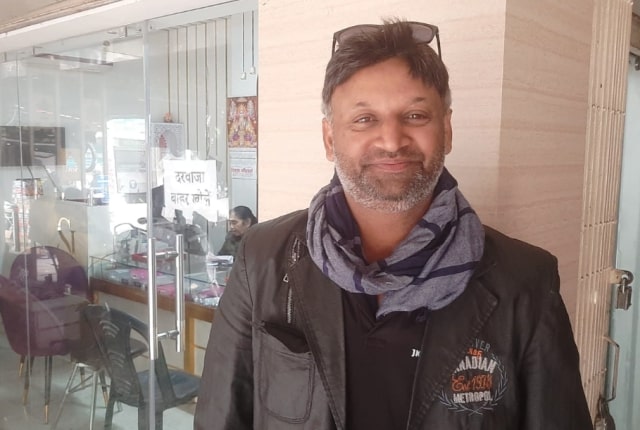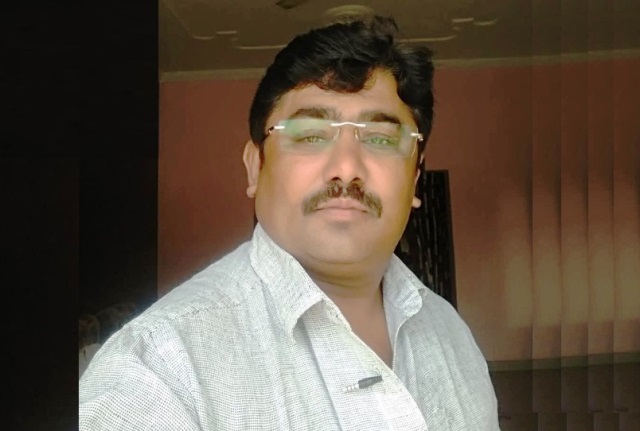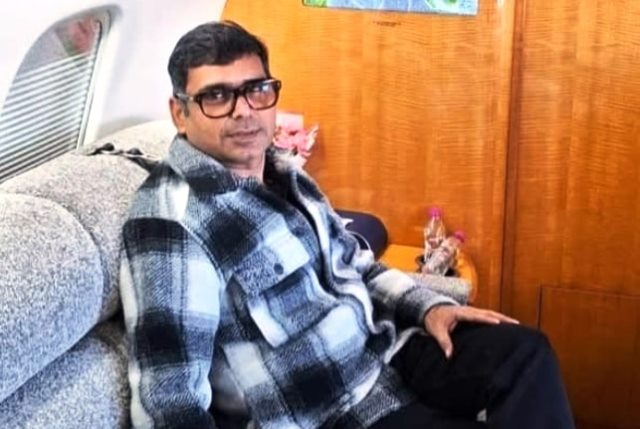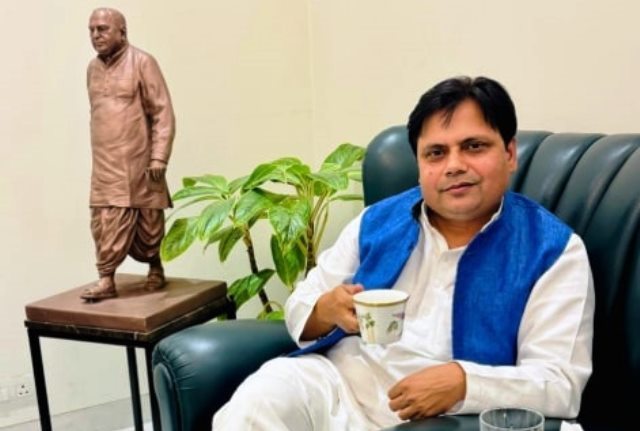
‘IPL Has Revolutionized Sports In A Non-sporting Country Like India’
Binoo John, a seasoned journalist, says success of IPL can be drawn from the fact that every league, be it football, hockey or kabaddi, has patterned itself after IPL. His views:
Is Test cricket in decline? Not really. Test cricket is not in decline. The recent India-Australia series in Australia was a sell-out. Also, most Test matches in England where India, Pakistan are involved, are sell-outs.
To play Test cricket remains a dream for many young players. I don’t think Test players and senior players should be forced to play domestic cricket since they are already proving themselves at an international level. If there is a drop in form for a sustained period, or, if they are coming back from injury, they should not be asked to play Ranji. Why should a player like Virat Kohli or Rohit Sharma need to prove themselves in domestic cricket?
These guys have a gruelling and never-ending cricket season. Ranji trophy should be kept for younger players who are looking for a stage to prove themselves. That strategy has helped. So many young players have come up. Senior players, if forced to play, will also block the chance of junior and promising players.
As for IPL, making good money should be the focus. IPL has changed the nature of the sport in the country. Every game, football, hockey, kabaddi, etc, have leagues which are patterned after IPL. Even kabaddi players from Haryana and Punjab make good money. Earlier, where did they make any money?
ALSO READ: ‘Sports Other Than Cricket Lack Funds, Media Coverage’
Every other day you see stories of former Olympians living in poverty. Now that era is over, thanks to IPL, which is set to become the second or third biggest league in the world.
India is a non-sporting country. Very few kids even play any game. That has to change. IPL is a big way forward.
There is no rule that old ways should not change. There is nothing wrong in a batsman hitting more boundaries than earlier. Test cricket too has become more interesting. There is no doubt that cricket had to change and it has changed for the better, thanks to short formats.
As I said earlier, IPL has shown the way to other sport. The Indian Soccer League and the Second Division I league are both successful football leagues giving good money to poor footballers from across the country. True that Indian football does not have a good striker, and Chettri had to be recalled. But that will change. Every sport today is telecast on TV. Which means advertising money coming into the game.
Before the IPL and the ISL, which Indian footballer got any money? Maximum they got were jobs in some low paying position in the PSUs. The minimum pay for any IPL player in any team is Rs 20 lakh for a season. For an auto rickshaw driver’s son, Puthur, who was picked up for Mumbai Indians, that is big, big money.
In the football league, it is a bit less, but all that goes towards sustaining millions of dreams.
Sport in India is looking up. For one match, JIO is paying Rs 130 crore approximately to the BCCI. That is how you raise the value of sport. IPL has the maximum viewership of any sport anywhere in the world, not counting World Cup football.
Going by Jio app stats, more than 43 crore people watched the Champions Trophy, which is short format cricket. That makes it half the entire adult population of a huge country like India. Jio sports and Sports Star have merged to form a mega app called Jio Star which will bring all sport-watching to India. Now we can watch any sport in the world on TV and app. Due to all this, my view is that IPL has completely revolutionized Indian sport.
The narrator is a seasoned journalist and writer. His books include, The Curry Coast: Travels in Malabar 500 years after Vasco da Gama 1997, Under A Cloud: Life in Cherrapunji wettest place on earth (Penguin), Entry from Backside Only: Hazar Fundaas of Indian English (Penguin), The Last Song of Savio d’Souza (fiction/Harper Collins), Top Game: Winning Losing and a new understanding of Sport (Speaking Tiger) 2022, and All in a Flash: History of News Photography in India from 1947 (scheduled end 2025/Niyogi Books).
As told to Amit Sengupta



